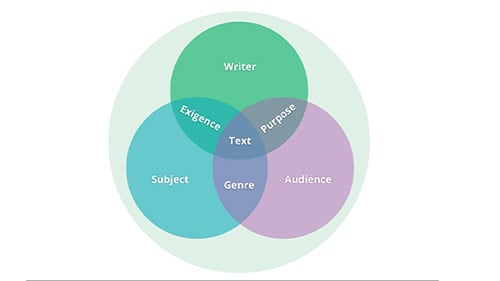So You’re Teaching AP English Next Year? Start Here.
Congratulations—or maybe condolences? You just found out you are teaching an Advanced Placement® (AP) English class next year. Whether it’s AP...
AP & Honors Mathematics
Explore Wiley titles to support both AP and Honors mathematics instruction.
Literacy Skills & Intensive Reading
Connections: Reading – Grades 6–12
Empower student success with a proven intensive reading program that develops strong reading skills in striving readers.
Drama, Speech & Debate
Basic Drama Projects 10th Edition
Build students’ confidence and competence with comprehensive, project-based theatre instruction.
Literature
Connections: Literature
Support learners as they study dynamic, relevant texts and bring the richness of diverse voices to students through literature.
Literature & Thought
Develop critical thinking, reading, and writing across literacy themes, genres, historical eras, and current events.
Language Arts
Vocabu-Lit® – Grades 6–12
Help students build word power using high-quality contemporary and classic literature, nonfiction, essays, and more.
Connections: Writing & Language
Help students develop grammar, usage, mechanics, vocabulary, spelling, and writing and editing skills.
Reading/English Language Arts
Measuring Up to the English Language Arts Standards
Incorporate standards-driven teaching strategies to complement your ELA curriculum.
English Language Learners
Measuring Up for English Language Learners
Incorporate research-based best practices for ELLs with an approach that includes a focus on language acquisition strategies.
Mathematics
Measuring Up to the Mathematics Standards
Incorporate standards-driven teaching strategies to complement your mathematics curriculum.
Foundations
Measuring Up Foundations
Help students master foundational math skills that are critical for students to find academic success.
Science
Measuring Up to the Next Generation Science Standards
Give students comprehensive NGSS coverage while targeting instruction and providing rigorous standards practice.
Assessment
Measuring Up Live
Deliver innovative assessment and practice technology designed to offer data-driven instructional support.
For a better website experience, please confirm you are in:

In this lesson(s), students will create “Doodle Notes” to showcase their understanding of one of the free response questions on the AP Language exam or of a text studied in class. "Doodle Notes" are a visual note-taking method designed to increase focus and memory. Find more information about this note-taking strategy.
Before this lesson, students should have covered the concept for which they will use “doodle notes”. This should be a text with which you want students to show their understanding, make sense of concepts, features, or rhetorical moves; or students can create “Doodle Notes” as a way to conceptualize and review one of the free response questions. “Doodle Notes” can be implemented at any point in a unit of study; the directions below are written as if the “Doodle Notes” activity comes at the culmination of a study (either of a free–response question type, such as rhetorical analysis, a classroom text or unit anchor text.)

Congratulations—or maybe condolences? You just found out you are teaching an Advanced Placement® (AP) English class next year. Whether it’s AP...

Rhetoric really is everything, everywhere, and all at once since every act of communication is spinning in a multiverse of contexts that all shape...

Every May, AP readers hear the same refrain: “The sophistication point is a unicorn.” But that’s not quite right. Unicorns don’t exist. The...

“The December spiral … prevents us from seeing the slow, meaningful gains our students are actually making.”

In AP English Literature classrooms, it is essential to recognize that everyone’s literature matters. The canon of literature has historically been...

This lesson provides strategies for predicting meaning, previewing texts, and making inferences about word meaning and vocabulary. Students will be...

While the 2023 AP English Language and Composition exam represents year 4 of assessment using the analytic scoring guide and year 3 of the changes to...

In this lesson, students are asked to consider how they are situated within the world around them–locally, nationally, and globally. Students will...

Chief AP Language and Composition reader Michael Neal joins Dr. Brandon Abdon to discuss to the 2024 AP exam. {% video_player "embed_player"...

Join Brandon Abdon, Timm Freitas, and Beth Hall as they celebrate their new book–AMSCO's Writing for the AP Exam: English Language and Composition....

In this lesson, students will choose pages from a scene from an assigned novel (this can be done with a shorter text, too). Students will start by...

In this activity, students will read and reflect on the different types of writing they might encounter on the AP® Language & Composition Exam....
